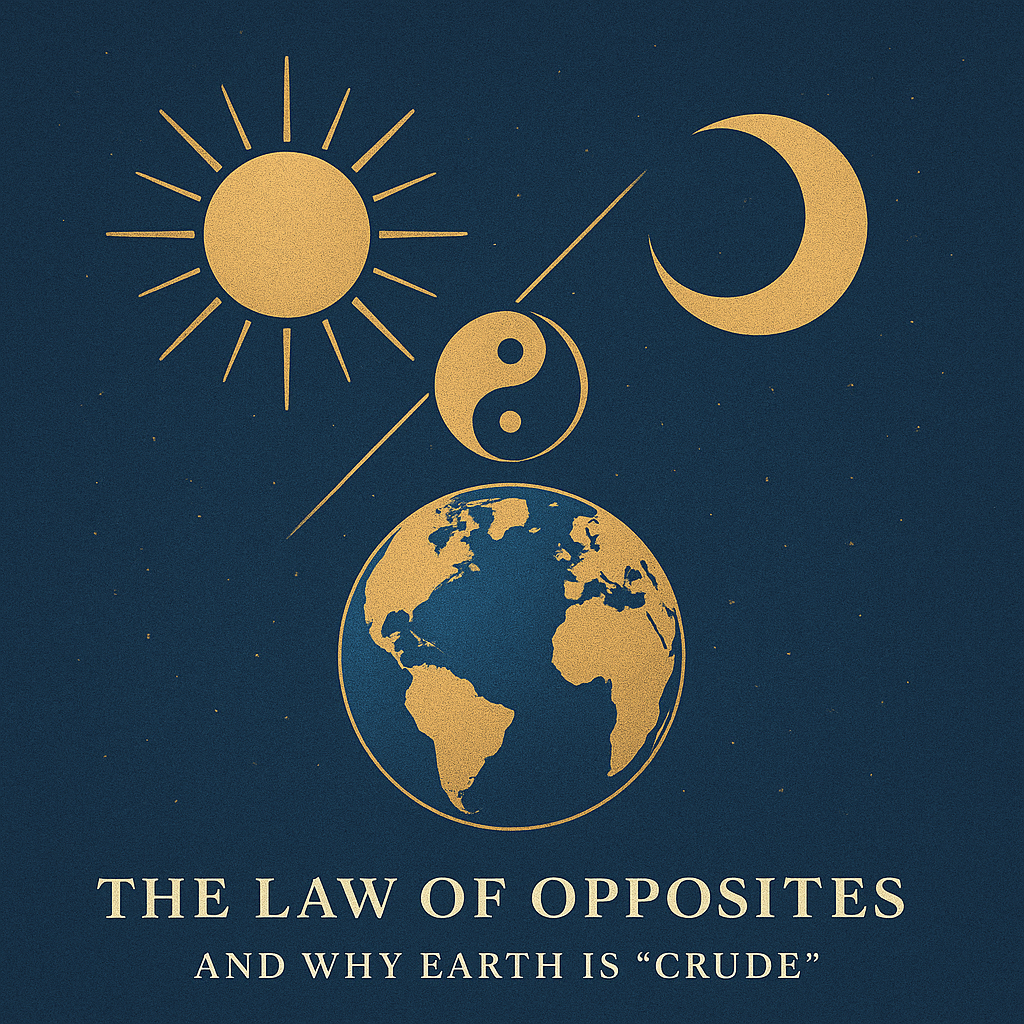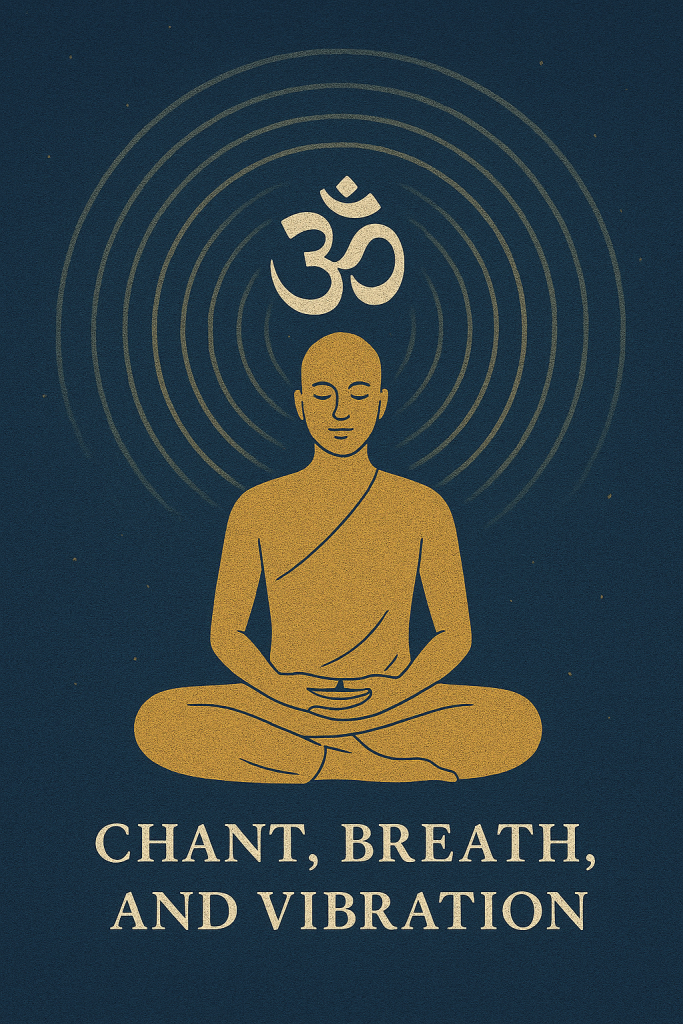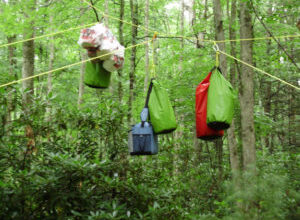Why Souls Choose Earth: Lessons from a Talk by Gururaj : Meditation Techniques

Why would a soul choose a world that feels so crude, so full of extremes? Gururaj’s answer reframes Earth—not as a punishment, but as a precision-engineered classroom where opposites, friction, and love co-produce evolution. Below is a clear rendering of his teaching for modern readers.
1) Many Earths, One Mind
Gururaj begins by widening the frame: worlds like ours are “replicated” across the cosmos; some are subtler, some denser. Communication on finer planes may bypass speech entirely—yet all are knit together by a single field of intelligence he calls the universal mind.
What we call telepathy, intuition, or synchronicity hints at this: minds are not sealed containers but receivers tuning into one mind. Deep meditation isn’t an escape from life; it’s a movement into subtler bands of the same universal field.
Key idea: There is one mind. Individual minds are receivers.

2) The Law of Opposites and Why Earth Is “Crude”
Every relative plane, even the highest subtle realms, is governed by the law of opposites—contraction/expansion, evolution/involution, light/shadow. This tension is not a cosmic mistake; it’s the motor of creation. Remove polarity and the universe would collapse into stillness.
Earth feels “crude” because its opposites are vividly condensed. This isn’t a flaw—it’s leverage. Stronger contrasts yield faster learning, provided we know how to work with them.
Practice implication: Don’t demand a world without friction. Learn to use friction as fuel.

3) Myth as Technology
When sages perceived truths too subtle for linear language, they encoded them in myth: not falsehood, but metaphor that points beyond words.
- The pantheon of Vedic gods personifies elements (fire, air, water, ether, light).
- Shiva–Shakti expresses principle and power: Shiva as stillness/Manifestor, Shakti as motion/manifestation.
In spiritual practice we refine Shakti (our energies, attention, breath, feelings) toward its most subtle frequency; at the finest edge of relativity, Shakti dissolves into Shiva—stillness itself.

4) Chant, Breath, and Vibration
Chanting isn’t merely devotional. Properly metered syllables coordinate breath and vibration to purge toxins and raise frequency. As vibration refines, we “tune out” crudities and “tune in” subtler harmonies. Over time, one realizes “I am still; Shakti chants through me.”
Try this: 5–10 minutes of steady, even-metered chanting followed by quiet sitting. Notice how the body feels lighter and attention finer.
5) Purpose: The Upward Curve
Imagine a circle. We emanate from the summit (Shiva, Brahman), descend through mineral/plant/animal, then turn upward at the human stage when the power of thought appears. The climb is effortful; gravity (habit, inertia) resists. Teachers appear to give the first push. As we near the summit, the attraction of Home grows so strong the journey becomes effortless.
Earth’s intensity makes it ideal for this upward arc: choices bite, feedback arrives quickly, and courage is forged.
You Don’t Think—You Receive

A radical claim: “You have never thought a single thought.” Thoughts exist in the universal mind. We are receivers whose inner state selects which stations we pick up. Open the “negative tap,” receive coarse thoughts; open the “fine tap,” receive wise ones.
This both humbles and empowers. Stop worshiping mental churn. Cultivate a mind that’s conducive to the frequency you want. Insight then “dawns” because the channel is clear.
Lever to pull: Instead of “I must think harder,” try “I must tune finer.”
Tuning, Love, and What We See
Perception follows tuning. In love, we overlook faults; in resentment, we microscope them into mountains. The same spouse, colleague, or neighbor appears as blessing or burden depending on the station we’re tuned to. Choosing love is not moral cosmetics—it’s frequency hygiene.
This reframes non-resistance teachings (“turn the other cheek”): the aggressor’s pain is greater than the sting on your face. Refuse to amplify crude stations; answer from a finer one.

Doubt: Poison or Propellant
Doubt can either stagnate into “pond water” (festering skepticism) or, mixed with a little faith, become inquiry that propels you inward. The difference is motion. Keep the waters flowing with practice; let doubt become a doorway.
How to Work with Earth’s Extremes (A Short Sadhana)
- Daily Descent (15–20 min)
- 2–3 minutes of steady breathing.
- 5–10 minutes of simple chant (even meter).
- Sit quietly and let attention sink. Don’t “try to think”; receive.
- Tune by Choice
- When negativity spikes, pause and ask: “Which tap am I opening?”
- Shift posture, soften breath, recall a moment of uncaused love. Retune.
- When negativity spikes, pause and ask: “Which tap am I opening?”
- Mythic Lens
- When overwhelmed, translate the moment into Shiva–Shakti: Where is stillness? Where is motion? Which one am I living from?
- Love as Frequency
- Commit to one daily act that favors connection over critique. It’s not sentimentality; it’s station selection.
- Doubt, Moving
- Journal one live question each morning. Sit with it after practice. Let the answer dawn—don’t force it.
The Takeaway
- Earth is not a cosmic error; it’s a high-contrast accelerator.
- You are not the thinker; you are the tuner.
- Refining Shakti (breath, chant, attention) reveals Shiva (stillness).
- Love is not blind; it’s finely tuned seeing.
- Myth speaks where language fails; use it to navigate.
- Doubt can rot—or ripen—depending on whether you keep moving.
Why choose Earth? Because its very crudity catalyzes clarity. In the friction of opposites we find the handles by which consciousness lifts itself, step by step, back to the summit it never truly left.




